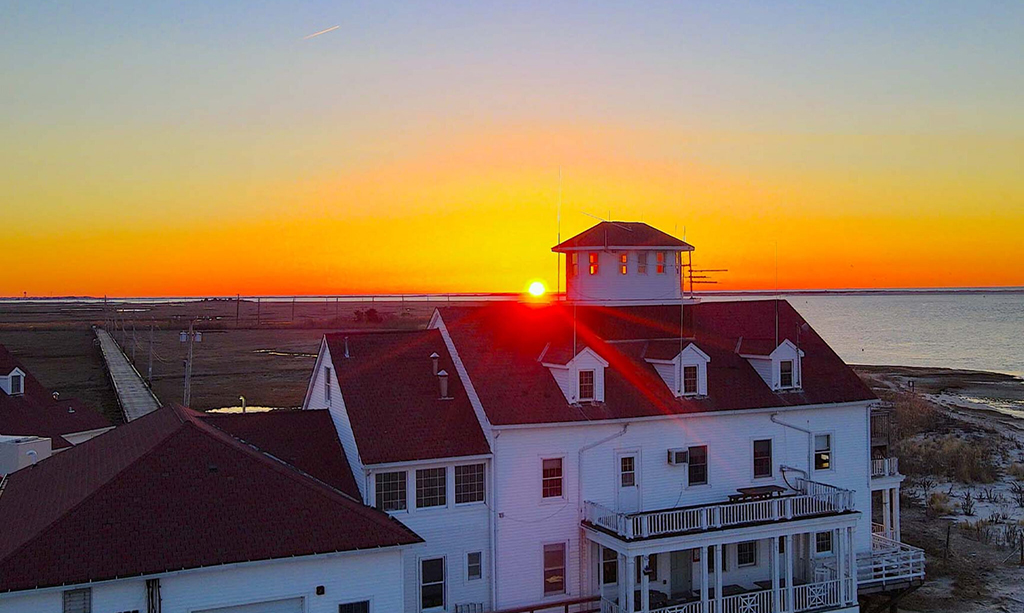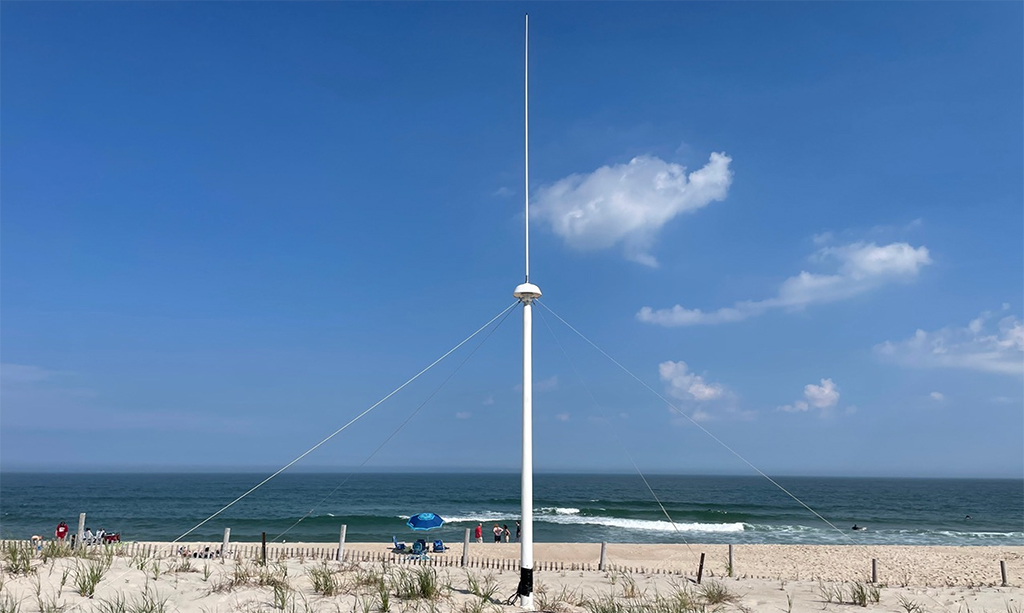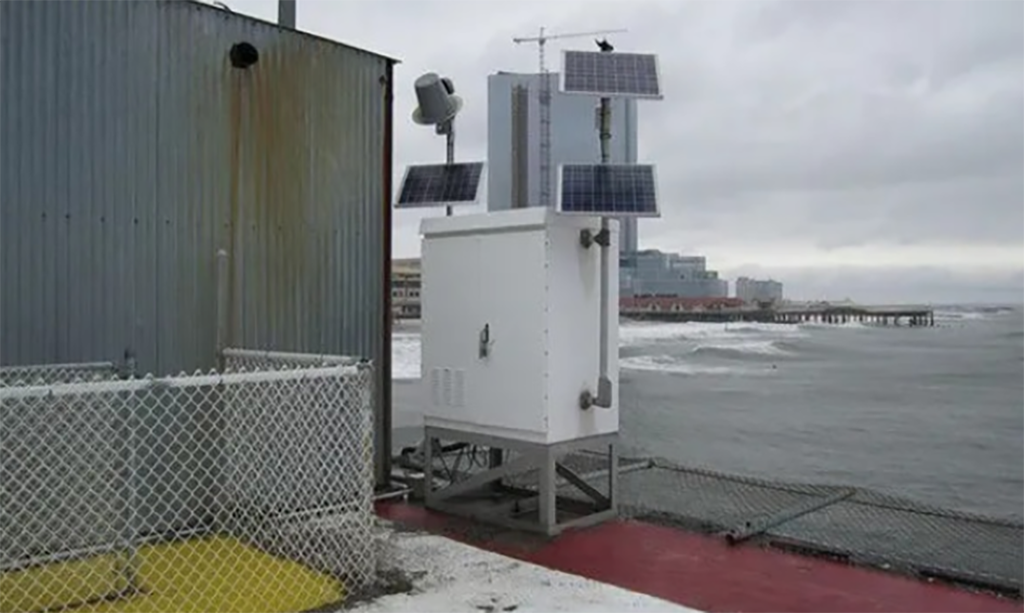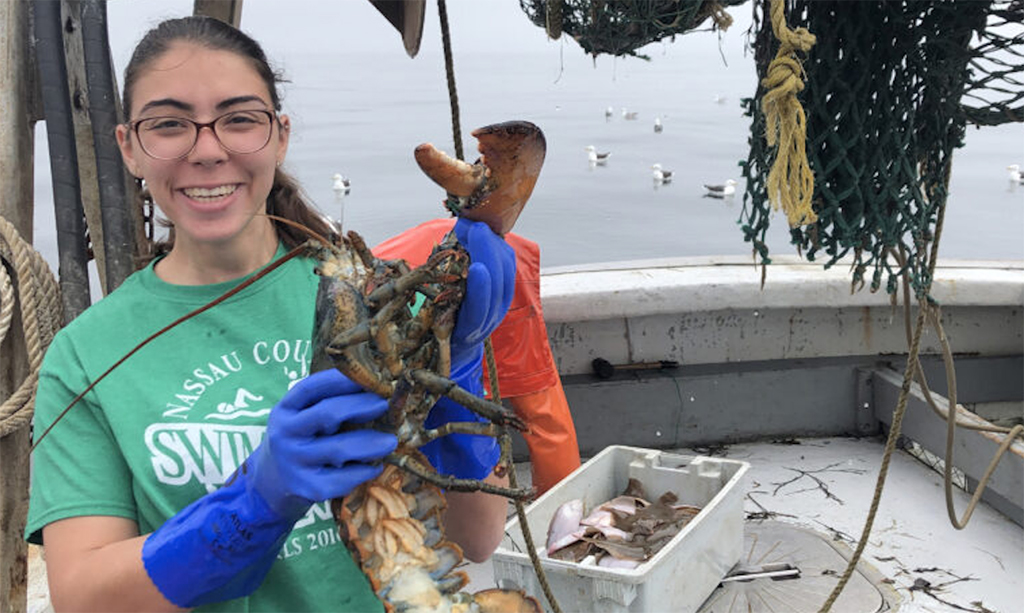Congratulations to Tim Stolarz who successfully defended his Master’s thesis
Congratulate Tim Stolarz who successfully defended his master’s thesis this afternoon. His thesis was titled “"Understanding Ocean Highways: Trends in Surface Currents and Divergence in Urbanized Coastal Margins For a…







